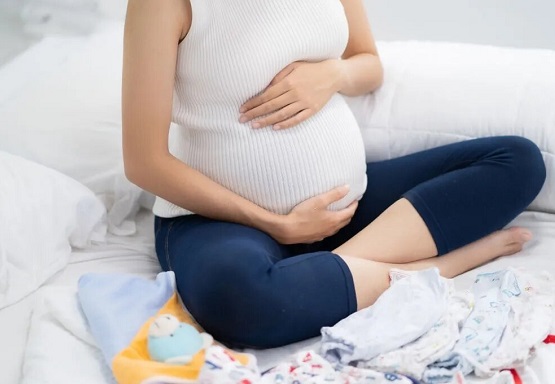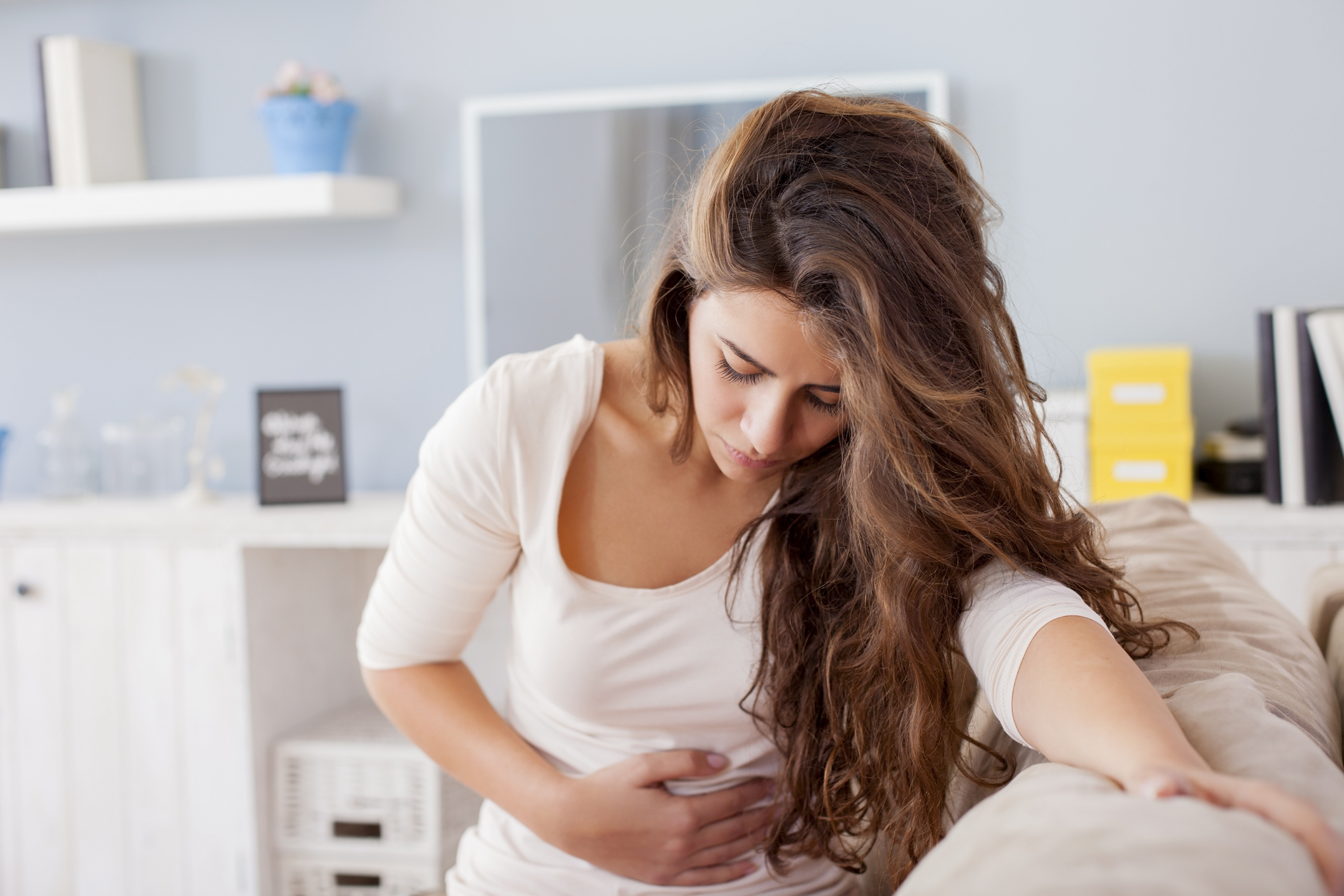Common Gynaecological Disorders

Beyond pregnancy and childbirth, you should continue to care for your general health to reduce risks such as breast cancer, cervical abnormalities, development of fibroids and ovarian cysts. For most, it is easily treatable, but for others the condition may have devastating consequences. The latter can impact the ability to conceive and affect your baby’s health if you are planning to have another pregnancy. Here we list the most common conditions affecting mummies in Singapore:
UTERINE FIBROID
Fibroids are tumours or growths that develop in the wall of the uterus (womb). These growths consist of muscle and fibrous tissue. Fibroids are common and usually occur in women aged 30 to 50 years old.
No one knows what can cause fibroids. In addition to genetic predisposition, the presence of female hormones such as oestrogen and progesterone seems to be related to fibroids. Due to this association, fibroids tend to grow in pregnancy as these hormones increase but will shrink after menopause as these hormone levels decrease.
Obesity increases the incidence of fibroids as being overweight increases the level of oestrogen in the body.
Other factors such as early onset of menstruation, having a diet higher in red meat and lower in green vegetables and fruit, and drinking alcohol appear to increase the risk. There is no evidence to correlate nutrition and diet to fibroids, although eating plenty of green vegetables has been linked to a lower incidence.
Fibroids may grow again after surgery, and there has been no scientific evidence that avoiding certain foods will prevent its recurrence. After a myomectomy, there is a 15 to 30 per cent chance that fibroids may grow again in the next 10 years. However, it is not necessarily a recurrence of the same fibroid, but a new one.
Women can develop several fibroids in varying sizes. Fibroids of less than 2cm to MUMMY’S HEALTH 3cm are considered small, 4cm to 6cm moderate, and at more than 8cm, large.
Large fibroids can cause heavy menses leading to anaemia. They can also cause constipation or frequent urination if the fibroids are pressing against the bowel or bladder.
Fibroids are occasionally associated with infertility, miscarriage, and premature labour. Very rarely, extremely large fibroids are associated with uterine cancer.
URINARY INCONTINENCE
If you have a vaginal delivery, it is common to experience urine leakage when you cough or sneeze. Urinary incontinence refers to the inability to control urine and the occurrence is common among women.
The key to the management of urinary incontinence is to recognise the different types of incontinence. The most prevalent type is stress incontinence where the urine leaks through weakened pelvic floor muscles. Such leakage can occur during normal activities, such as coughing, sneezing and exercising. Another common type is urge incontinence which is caused by overactive bladder muscles forcing the urine through normal pelvic floor muscles.
Then there are rarer types like overflow incontinence due to weak bladder muscles or nerve injuries, and functional incontinence as a result of dementia.
Here are the different types:
- Urge incontinence – it occurs due to damage to the lining, muscle or the nerves to the bladder. It may be caused by urinary infection, or bladder stone. The main treatment for urge incontinence is bladder training and medication to decrease bladder sensitivity. Surgery is rarely used.
- Overflow and functional incontinence – the treatment is complex and will require joint management by a gynaecologist, urologist and doctors from the relevant disciplines.
The management of urinary incontinence has advanced by leaps and bounds over the years, and there is treatment for most situations. The fundamental issue is underreporting, as often, the patients will feel embarrassed to bring up the subject with their caregivers. Greater public awareness through media and education will go a long way in bringing patients’ problems to the attention of doctors, thereby facilitating the administration of necessary and correct treatment.
- Stress incontinence – is usually caused by the stretching and weakening of pelvic muscles during childbirth and labour, and changes during menopause worsen the weakness. Pelvic floor exercise or the Kegel’s exercise is the first line treatment for mild and moderate stress incontinence because it is free of side effects. However results can only be maintained with regular exercise. In more serious cases, other treatment options include:
- Change of colour or consistency of discharge
- Bad odour
- Increased amounts of discharge
- Another symptom alongside the discharge, such as vaginal itching or pain in pelvis or tummy
- Unexpected bleeding from the vagina
| Vaginal pessary | Bulking agent injection | Surgery |
|---|---|---|
| A pessary is a plastic ring inserted into the vagina to correct the position of the bladder neck, located at the junction of the bladder and urethra. It is relatively side effect free, but does require frequent visits to doctor’s clinic for change of the pessary. | Collagen and carbon spheres can be injected into the lining of the urethra to increase resistance to urine flow. However the result may be unpredictable and occasional serious complication and allergy may occur. | To support the pelvic floor and correct the position of the urethra and bladder neck are the mainstay treatment for serious stress incontinence. There are many variations of the surgery, ranging from the simplest (Kelly’s stitch) to complex combined abdomino vaginal slings. |
VAGINAL DISCHARGE
Lochia is vaginal discharge during the postpartum period. It consists of blood, tissue shed from the lining of the uterus, and bacteria. The discharge should lessen Stress incontinence – is usually caused by the stretching and weakening of pelvic muscles during childbirth and labour, and changes during menopause worsen the weakness. Pelvic floor exercise or the Kegel’s exercise is the first line treatment for mild and moderate stress incontinence because it is free of side effects. However results can only be maintained with regular exercise. In more serious cases, other treatment options include: and lighten in colour each day. While it varies in amount, appearance and duration, it usually starts off bright red, as if you are having heavy menses. The lochia will slowly taper off to a lighter coloured discharge before stopping in two to four weeks, and in some cases up to eight weeks.
Vaginal discharge is a normal occurrence with no smell or colour. At the end of your menstruation, you may have a brown discharge. You may feel an uncomfortable wetness, but you should not feel any itch or soreness around your vagina. Any abrupt change in your vaginal discharges may hint at a vaginal infection and the most common changes are:
If you notice any change but are not sure if it is something to worry about, consult your OBGYN.
The female vagina is a self-cleansing organ, so there is no need to especially wash it (or douching). Douching can cause an imbalance of bacteria and fungi which are natural inhabitants of the vagina and lead to infections. Do not use strongly perfumed soaps and washes to clean as overuse of these products can result in vaginal soreness and abnormal vaginal discharge. Instead, you can use a mild soap and warm water to gently wash around your genitals.
HEAVY AND PAINFUL MENSES
Menstruation does not continue immediately postpartum. Most women begin menstruating between three and 10 weeks after giving birth and the average is 45 days after. However, the return to normal menstruation differs from woman to woman. And there is also a difference if you are breastfeeding, and how often you nurse is another major factor affecting the return of your menstrual periods.
Most women also wonder whether the pattern of periods after pregnancy would be the same as it was prior to pregnancy. As your body has recently undergone so many changes and is still experiencing a few after childbirth, it may take some time to get back the rhythm. One of the unusual patterns is heavy menstrual bleeding, which is also called as menorrhagia. It is characterised by an excessive amount of bleeding during menstruation. Menorrhagia can occur independently or as a symptom of another underlying problem such as menstrual pain, known as dysmenorrhoea.
Most of the time, there are no root cause of heavy periods although certain conditions such as uterine fibroids are linked to heavy menstrual bleeding. Your OBGYN will order further investigations if required. These examinations involve having a pelvic examination, a blood test for anaemia (iron deficiency) and ultrasound scan.
This article is taken from Mother & Child guidebook. For information on Obstetrics & Gynaecology
health care, treatment and services, please visit https://mtalvernia.sg/specialties/women-obstetrics-gynaecology/.



